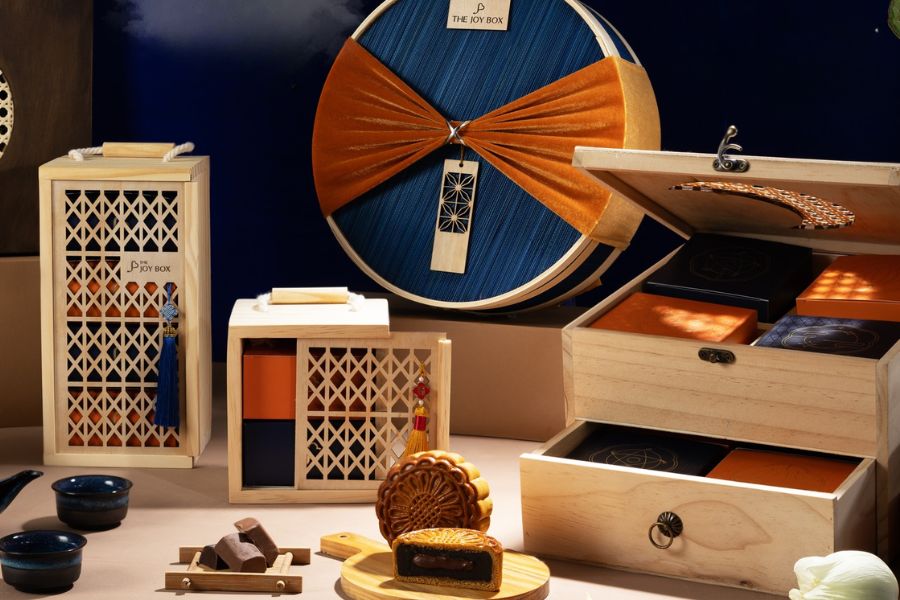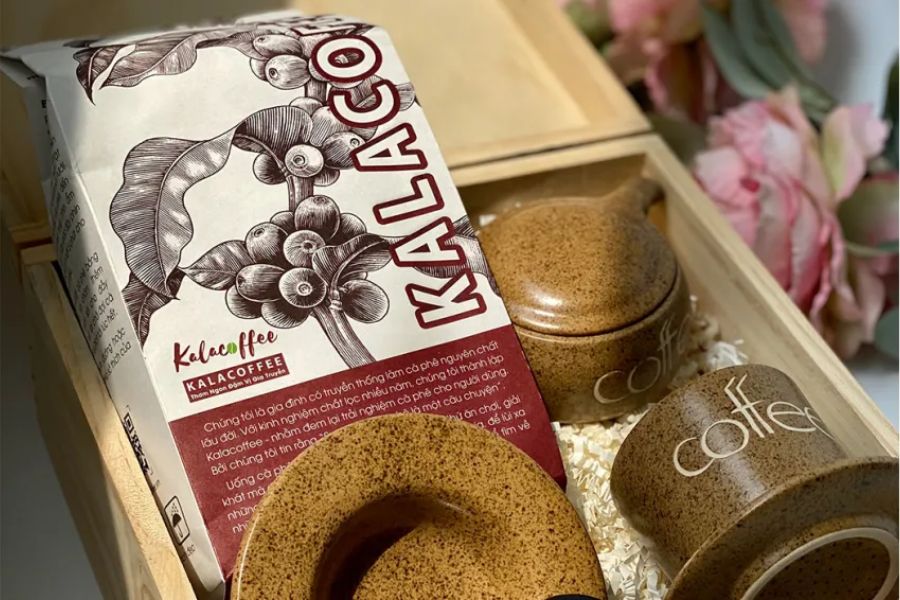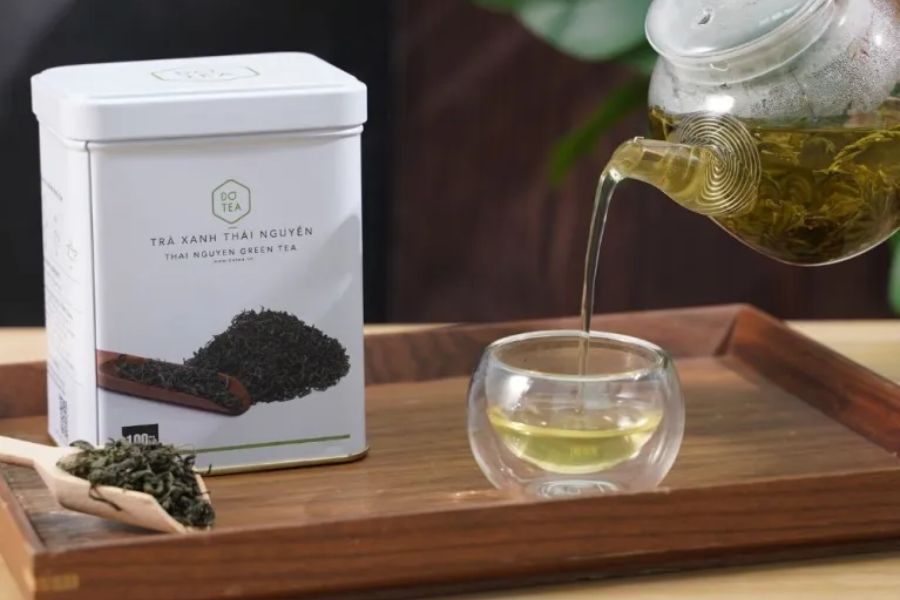- Jun 30, 2025
Vietnamese Potter And Traditional Pottery
- What is Pottery Making?
- History of Vietnamese Pottery Development
- Characteristics of Handmade Pottery
- What Are Pottery Makers Called?
- Essential Qualities of Pottery Craftspeople
- Challenges That Pottery Craftspeople Face
- 5 Main Tasks of Pottery Makers
- Perspectives on Pottery Making from Craftspeople
- Conclusion
Think pottery artisans are just ordinary craftspeople? - In reality, they are "magicians" who transform clay into art, with each piece carrying its own unique story that cannot be replicated.
From selecting clay to glazing, these 5 complex stages require 3-5 years of training and a heart full of passion.
But are we unknowingly letting industrial ceramics "swallow up" these cultural treasures?
What is Pottery Making?
Pottery making is a traditional handicraft that uses clay to create products like bowls, cups, vases, and sculptures through the process of molding, shaping, drying, and firing at high temperatures. This is one of the oldest crafts in Vietnam.
Pottery making goes far beyond creating simple products. It's an art form that expresses the soul and character of the craftsperson. Each pottery piece carries its own unique mark, telling a story about the culture and traditions of the Vietnamese people.
History of Vietnamese Pottery Development
Pottery is an ancient craft, passed down from our ancestors through many generations. Pottery products are deeply connected to Vietnamese daily life. From everyday items like bowls and plates to elegant decorative pieces, pottery has always been a companion material serving our living needs.
From 6-7 thousand years ago, pottery appeared in cultural sites in the Hoa Binh and Bac Son regions. Throughout the pages of history, the image of pottery products on kitchen stoves has been endearing and familiar in Vietnamese life.

Vietnamese pottery artisan - breathing life into clay
Characteristics of Handmade Pottery
Pottery is a product fired from clay, typically featuring yellow, orange, or reddish-orange colors. These are the natural colors when the product hasn't been painted yet. Glazed pottery products will have many different colors beyond these basic tones.
To create a complete pottery product, the process requires many factors from selecting clay, filtering clay, to drying and firing. At the same time, the artisan is also a decisive factor in determining the product's value. Therefore, let's learn more about the artisans behind Vietnamese pottery to gain more respect for our ancestors' traditional craft.
What Are Pottery Makers Called?
In the pottery profession, pottery makers are called artisans or pottery craftspeople. Beyond learning the craft and having certain skills, pottery makers must also be experienced people who possess skillful hands and wonderful creativity. Thanks to this, pottery products can be diverse, unique, and attractive to pottery enthusiasts.

Pottery makers are also called artisans/pottery craftspeople
Essential Qualities of Pottery Craftspeople
When creating pottery, craftspeople need to use experience and emotion to express their ideas. Pottery makers breathe life into clay, bringing products that showcase Vietnamese cultural identity. Therefore, the work requires professional craftsmanship skills, while also needing high creativity to keep up with trends.
To become a skilled pottery maker requires a long training process. This path demands perseverance and genuine passion for the craft and the work.
It's not something that can be perfected in a few months or years. Initially, finished products might be damaged or unsatisfactory. Pottery craftspeople need true love for their craft to overcome the difficulties of the early learning period. Additionally, pottery makers must continue learning to maintain creativity, helping products become more beautiful and unique to attract buyers.
Challenges That Pottery Craftspeople Face
With society's industrial development, traditional crafts risk fading over time. While traditional pottery still has its own market, pottery makers worry that industrial ceramic products or plastic containers will gradually replace traditional products.
However, pottery craftspeople in craft villages persist and don't give up. They continue to pour their heart and soul into their work to create a solid foundation for each product they create.

Market fluctuations put many craft villages in difficult situations
5 Main Tasks of Pottery Makers
1. Selecting Clay
Selecting clay is an extremely important stage in pottery making. An experienced pottery craftsperson can easily distinguish different types of clay. Therefore, to ensure the best quality products from the kiln, pottery makers must choose the right type of clay for each product.
2. Filtering Clay
To bring raw materials into production and create products, another stage is needed: filtering clay. This process can take many months and requires a lot of time, but thanks to this, pottery makers can ensure the quality of inputs and outputs.
First, raw clay is soaked in water. During soaking, craftspeople can use tools to assist in settling and filtering the clay. After repeating this process many times, the pottery clay becomes finer.
3. Shaping
Next is the shaping stage. The craftsperson places the filtered clay on a spinning wheel and shapes the product according to a predetermined form. Some pottery products, after being spun evenly, continue to have additional details molded to create unique shapes; or are molded into shape without going through the spinning stage.

Pottery artisan shaping ceramics
4. Drying and Firing
After being shaped, products are still wet and soft, so they need to be dried to become finished products. In the past, products were usually dried under direct sunlight, but because this stage took a long time, people invented kilns to shorten the process. Moreover, kilns create high temperatures that make pottery harder and more durable.

Pottery artisan drying ceramics
5. Glazing
At this step, the basic product is complete, and the potter will glaze the product. Specifically, glazing is only done after the pottery maker has cleaned the dust layer on the product to achieve the most perfect result. There are 3 basic glazing methods: dipping, pouring, and brushing or hand-painting. This is also an important stage that determines the beauty of pottery.
Perspectives on Pottery Making from Craftspeople
Pottery making goes far beyond ordinary livelihood work. It's a passion, a way for craftspeople to express their soul and creativity. Many pottery makers share that when sitting at the spinning wheel, they feel like they're having a conversation with the clay, with every hand movement containing emotion and love for the craft.
"Each pottery product is like my child. From selecting clay, molding, to firing, I carefully monitor and care for everything" - shared by Mr. Minh, a pottery craftsman from Bat Trang.
Despite low income and hard work, the joy of seeing completed works loved by customers is the motivation for pottery craftspeople to continue preserving this traditional craft.
Read more related articles
>> Why Bat Trang Pottery Is a Cultural Souvenir from Vietnam
>> The Ultimate Guide To Authentic Vietnamese Ceramics: Bat Trang vs Mass-Produced
>> History of Vietnamese Ceramics And Its Striking Milestones
Conclusion
Handmade pottery typically carries unique characteristics, with no two products being exactly alike. With a handmade pottery product, you can feel the skilled craftsmanship of the pottery maker. Each product carries its own story, wrapped in the artist's sentiments. Therefore, pottery craftspeople are not simply handicraft workers but also inheritors of our ancestors' ancient cultural essence.
Because of these values, let's treasure what belongs to tradition, preserve the beauty of Vietnamese handmade pottery to create a future generation that appreciates our country's cultural treasures. Prioritizing Vietnamese handmade pottery over mass-produced industrial products is contributing to maintaining and preserving this pottery craft.
In Vietnam, there are still many craft villages and brands making handmade pottery that daily bring quality pottery products to users, such as Gom Dong Gia, Lina Pottery, The Goods, etc. You can easily find pottery items from these brands on CHUS.
FAQs
-
Who are ceramic artisans?
-
What qualities are needed to become a ceramic artisan?
-
What is the working process of ceramic artisans?
-
What difficulties do ceramic artisans currently face?
-
Who are ceramic artisans?
-
What qualities are needed to become a ceramic artisan?
-
What is the working process of ceramic artisans?
-
What difficulties do ceramic artisans currently face?











